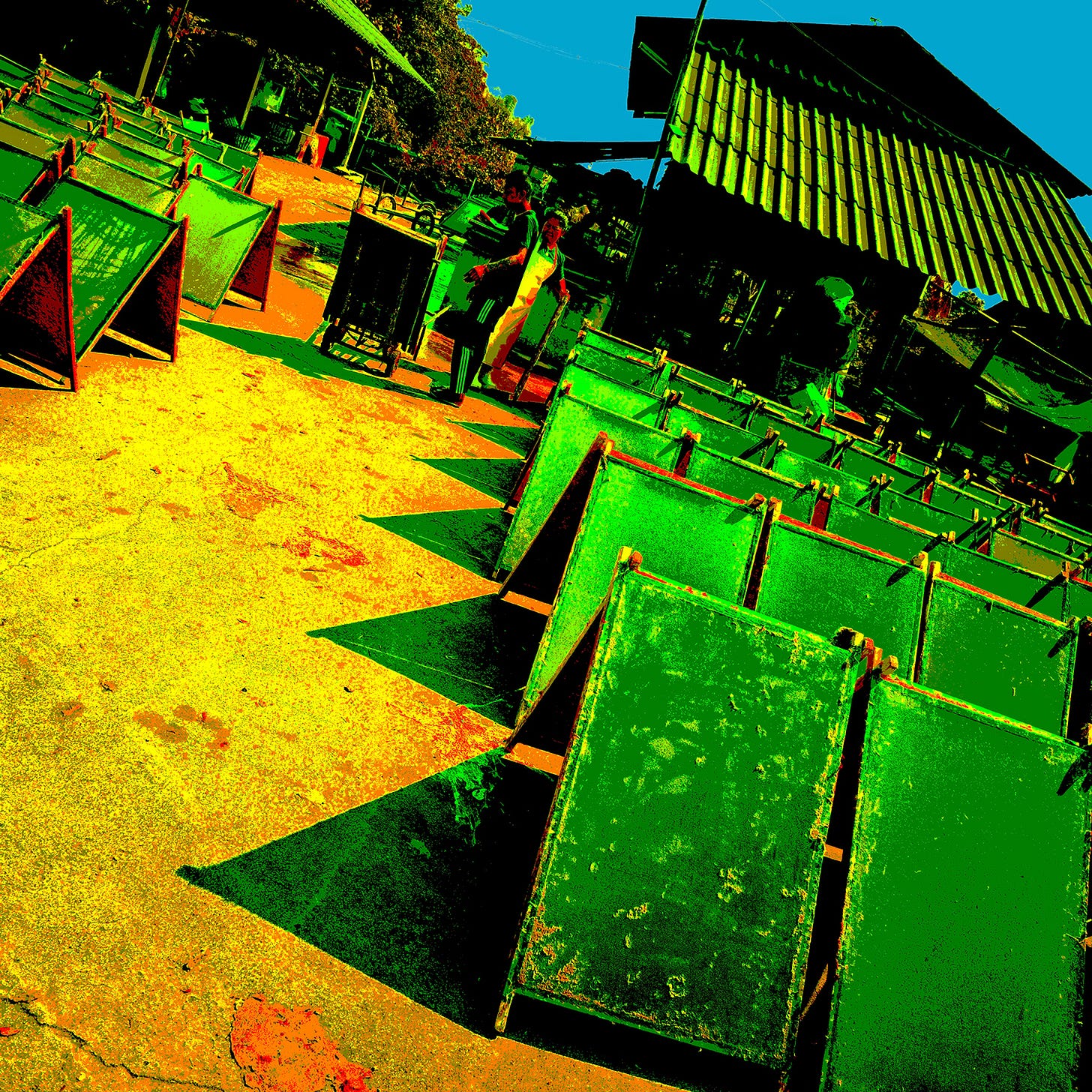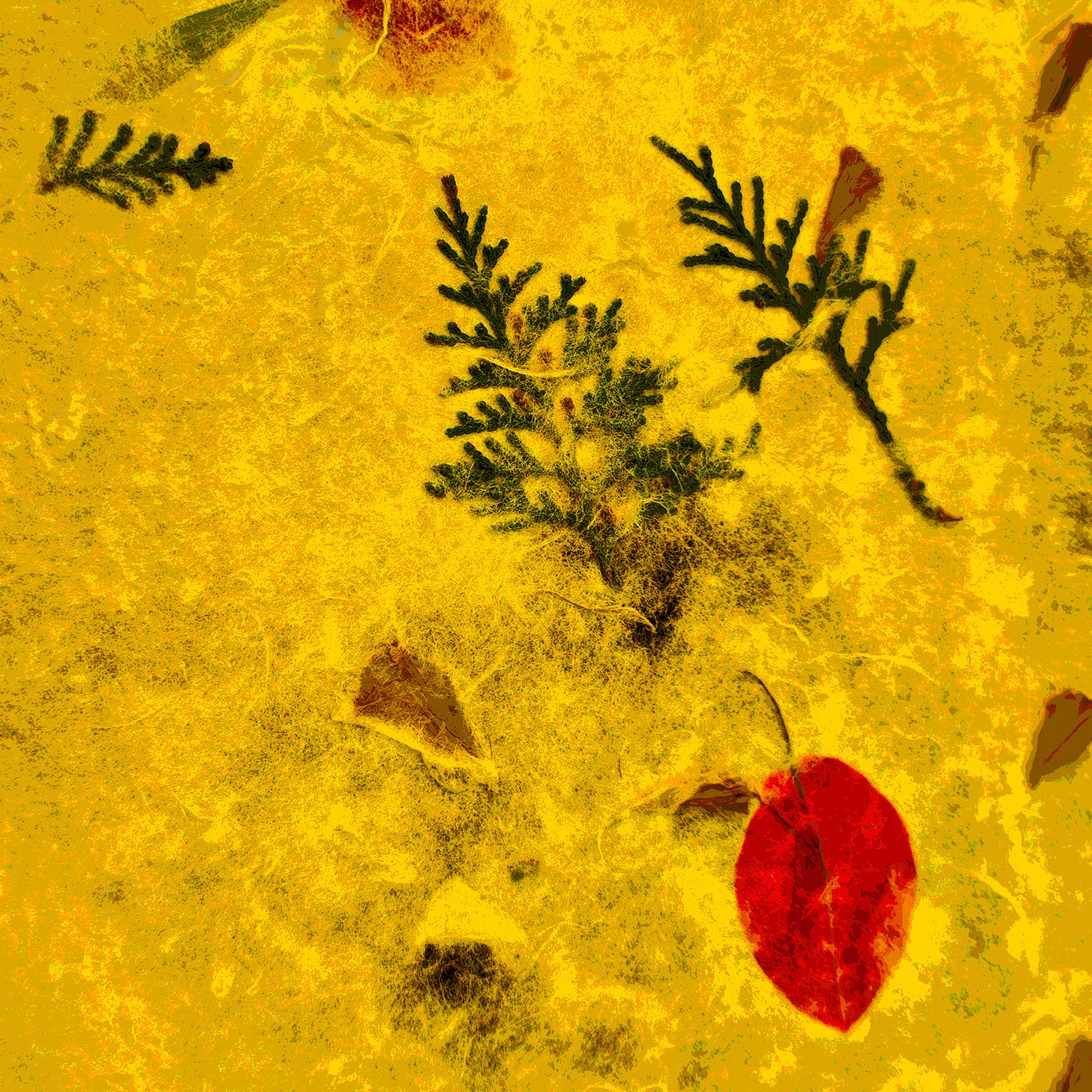XIV: Saa paper: Robust and significant
Part 14 of an international solo on ”Lanna“ by Lim Siang Jin. This online exhibition, comprising 20 parts, is from May 6 to June 5, 2025
SAA PAPER is made from mulberry bark and has been a significant part of Southeast Asian culture for centuries. It was used for Buddhist manuscripts, ceremonial kites, and village rituals. In Lanna, it is part of art, temple decorations, and ceremonial umbrellas. Its long mulberry fibres make it strong and acid-free, so it preserves manuscripts well. The paper can last for decades without tearing. This durability keeps saa paper useful, from ancient texts to modern uses.
Economic growth from ancient roots
THIS CRAFT is more than tradition—it’s a thriving industry. I visited a mid-sized factory in the San Patong District in January 2025. Its owners told us that many of their products are now exported to China, where there is a ready market to turn the paper into crafts and other paper-based products. Showing us around, they explained that the industry offers valuable employment opportunities, particularly in rural areas like theirs, while promoting sustainable forestry practices. Many of their workers are locals; however, they are increasingly coming from the Myanmar community.

Deeply rooted in socio-ecology
SAA PAPER production remains intertwined with local ecology and traditions. Mulberry trees grow fast and can be harvested without harming the plant. New shoots appear weeks after cutting, creating a sustainable cycle. This supports the craft and the environment. Skills are passed down through generations. Experienced artisans teach how to prepare the bark, process the fibre, and form the paper. Each sheet of saa paper is unique, showing its handmade quality and natural materials, unlike mass-produced paper.

Mapping Asia’s papermaking
ACCORDING to the University of Hamburg, comprehensive research on the history of Asian handmade paper is needed, particularly in the border regions connecting southwest China, Thailand, Laos, Burma, and Vietnam. The history of papermaking‘s movement from one location to another in the past remains poorly documented. Various ethnic minorities maintain distinctive traditions alongside the saa paper. Tribes like the Hmong make paper from bamboo. So far, the Hamburg university has studied manuscripts from Naxi, Bai, and Tibetan communities. Their researchers compare old samples with modern production methods with the following aims: (1) identify different types of paper, (2) improve analysis techniques, and (3) explore how materials, book formats, and technologies are connected.
For more information, click on links: Stephen Menon, O Art Space Gallery, Lim Siang Jin and his art, here and here. For a detailed acknowledgment, click here


